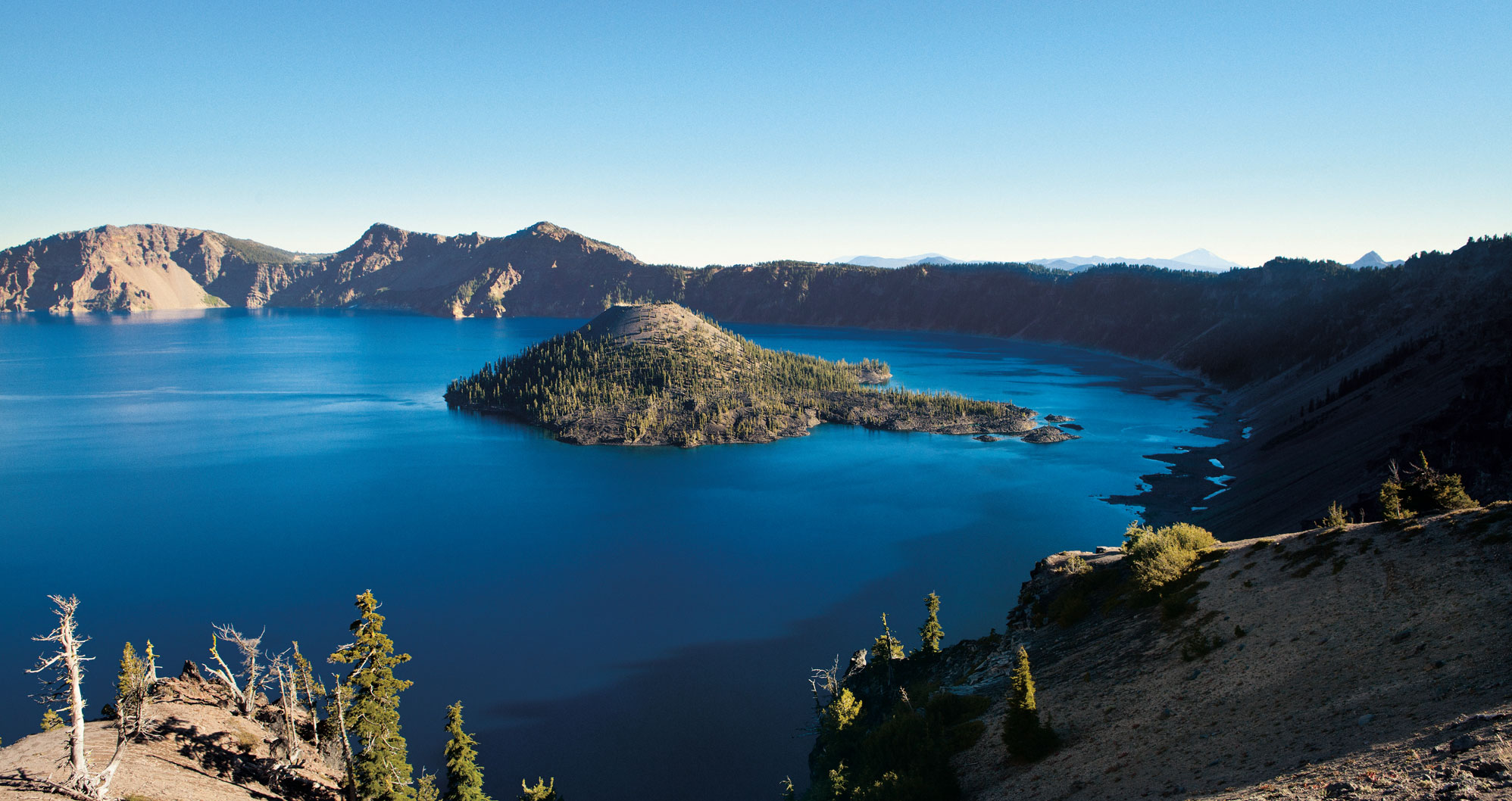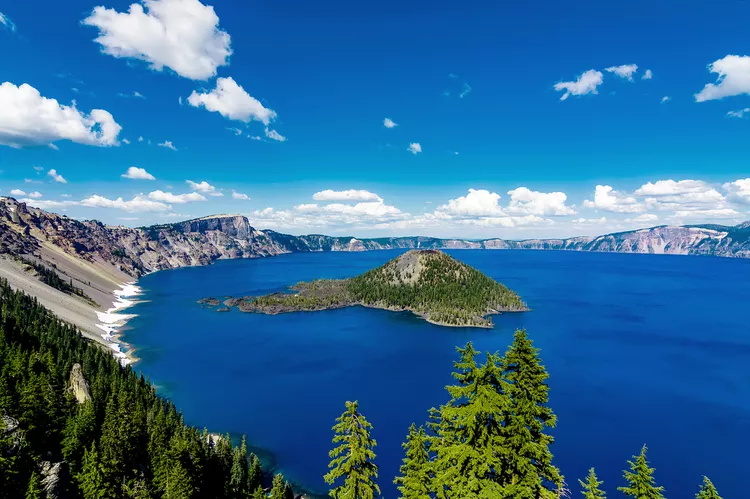If you’ve been dreaming of visiting Crater Lake National Park in Oregon, now’s the time to make it happen — because big changes are on the way.
The iconic Crater Lake, known as the deepest lake in the United States, will be closed to boat tours, swimmers, and hikers during the summers of 2026, 2027, and 2028. That means the upcoming summer of 2025 will be the final chance for visitors to experience the lake up close before it temporarily shuts down.

The reason for the closure? Major upgrades and safety improvements. The popular Cleetwood Cove Trail — the only trail that provides access to the lake — will undergo a complete rehabilitation. At the same time, the Cleetwood Cove Marina will receive structural updates, and crews will work to address areas at risk of dangerous rockfalls.
According to the National Park Service, construction is scheduled to begin in 2026 and will continue through the 2028 summer season. If all goes according to plan, the park hopes to welcome visitors back to the trail and boat tours by summer 2029.
“The park is planning on starting construction in 2026,” a recent news release shared. “Due to the extent of work to be completed and short construction seasons, trail closures will be required and are expected throughout the 2027 and 2028 summer seasons.”

Adding to the current challenges, parts of the park are already closed this year due to wildfire damage caused by the Middle Fork Fire. The North Entrance Road and Rim Drive are expected to stay closed until at least June or July. Meanwhile, several trails — including Bald Crater Loop, Bert Creek, and Boundary Springs — are closed until further notice.
Located about 270 miles south of Portland, Crater Lake has long been a must-visit for nature lovers. With its stunning blue waters and dramatic cliffs, it’s a breathtaking sight — and this summer could be your last chance to see it before a multi-year pause.

